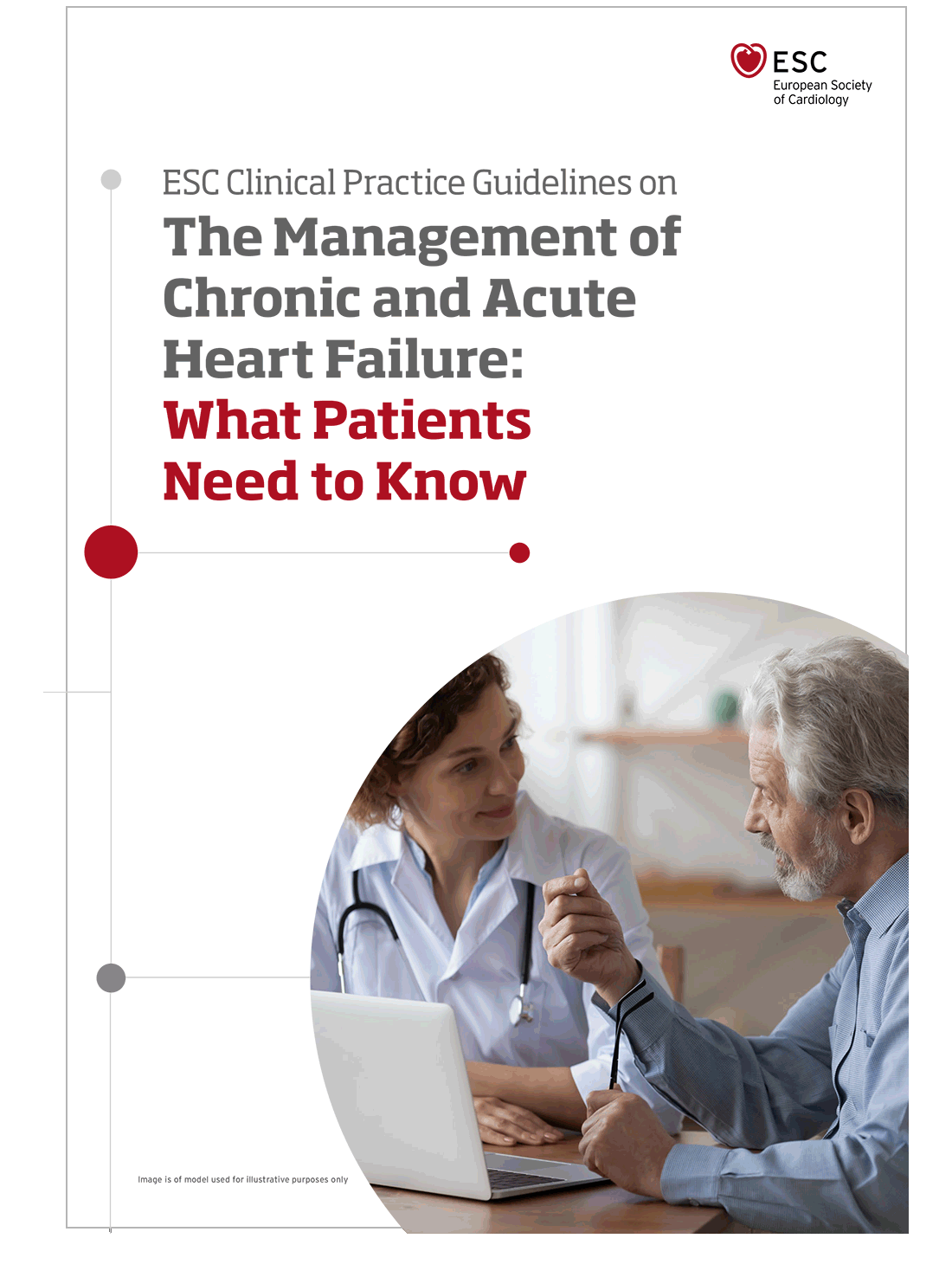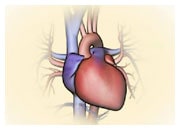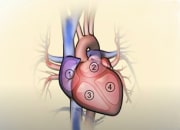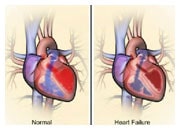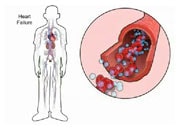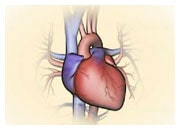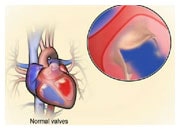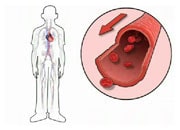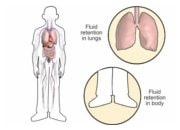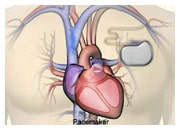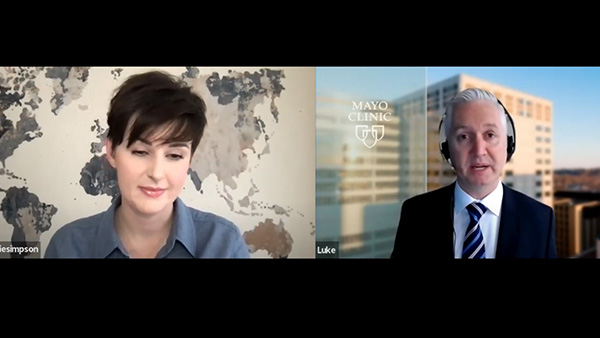Air travel
Air travel isn’t usually a problem for people with heart failure even though oxygen levels are slightly lower – even in pressurised commercial aircraft cabins. However, some people may sometimes need supplemental oxygen during the flight. Generally, if your heart failure is well-controlled and stable, you shouldn’t have any difficulties with mild reductions in oxygen levels in a plane, provided your symptoms are stable before you travel. If you have new or worsening symptoms – such as increasing shortness of breath or recent weight gain – you should discuss your travel plans with your doctor. In some rare cases, your doctor may recommend supplemental oxygen for your flight, so make sure you contact the airline you are flying with in advance of your trip so that you can check their policy on the use of supplemental oxygen and make the appropriate arrangements.
If you have had a device (pacemaker, (CRT), ICD) implanted then it will probably be detected by the security machines. You should inform the security personnel beforehand. Security control and air travel will not interfere with the function of your device. Devices use standard technology and you will be able to have your device checked in most parts of the world if required.
Sitting still for long periods in cramped positions in aircraft often leads to swollen ankles and sometimes muscle cramps. Regular stretching and mobility exercises can help, as well as walking around the cabin and while waiting in airports. Try to avoid alcohol and be sure to drink enough water. In some cases, your doctor may recommend that you wear knee-high support stockings during the flight to prevent blood clots (DVT).

